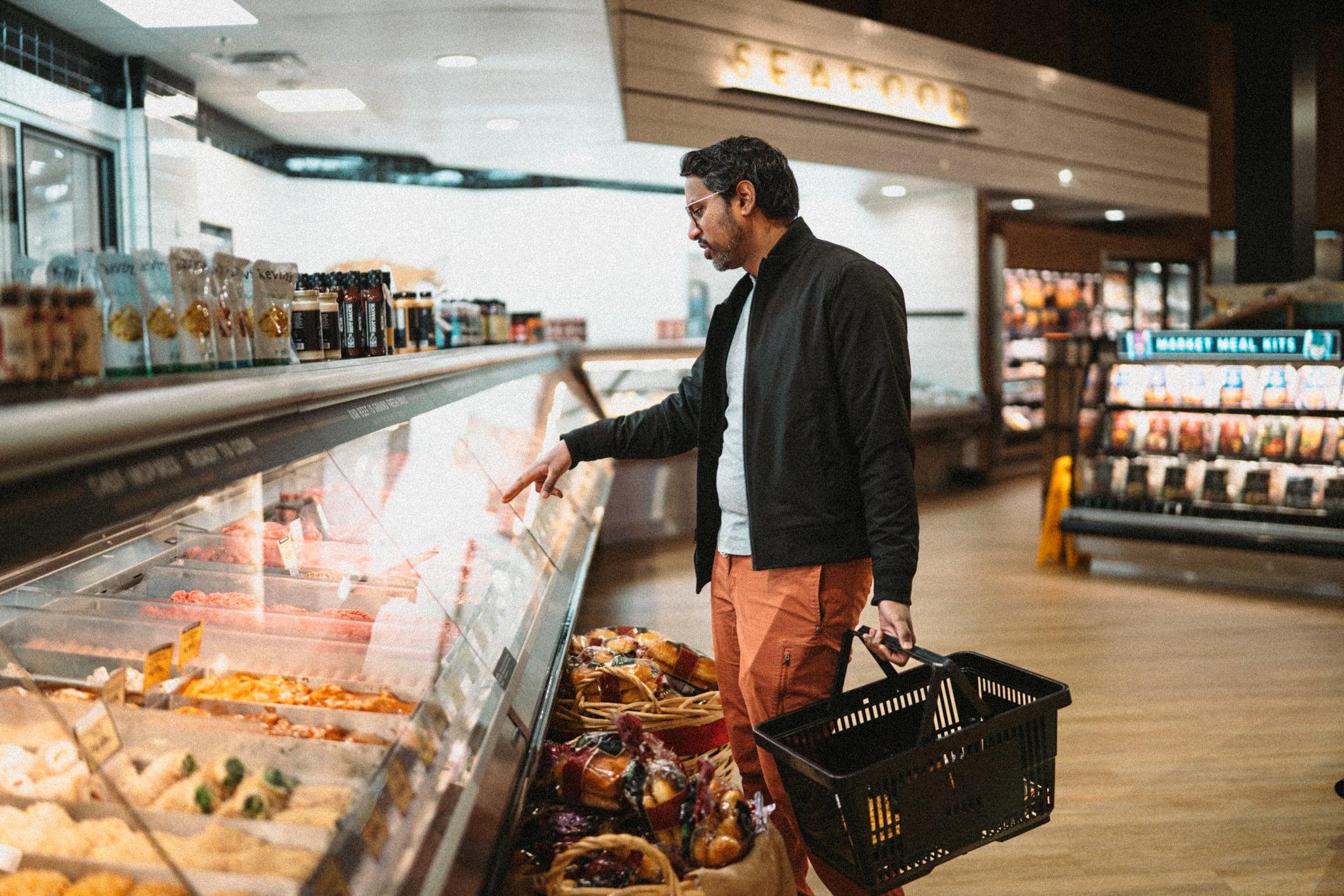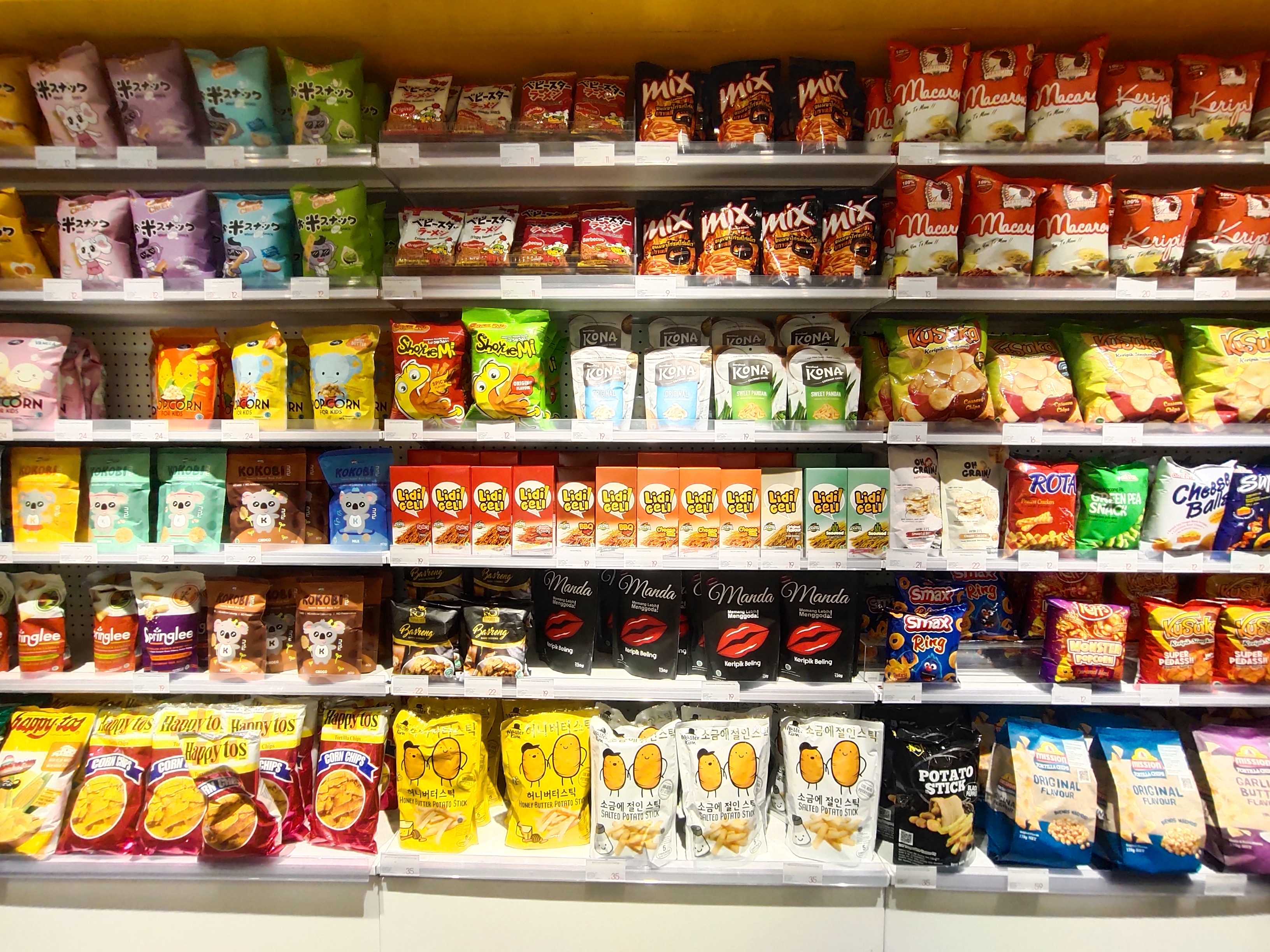A recent Non-GMO Project survey finds 72% of US consumers are trying to avoid ultra-processed foods, despite knowledge gaps and low trust in food companies.
The organization’s Non-UPF certification aims to bridge the gap between awareness and action, empowering shoppers with transparency and confidence, according to the organization.
Consumer distrust rises as awareness outpaces understanding
In a June survey of more than 1,000 US shoppers, 72% said they’re trying to avoid UPFs – even though many can’t confidently define what they are.
“We found that Americans feel a little bit overwhelmed and abandoned,” Hans Eisenbeis, director of mission and messaging at the Non-GMO Project, said during a webinar last week unveiling the study. “We identified four separate but related ways that our food systems create a sense of separation.”
The report, titled Disconnected, highlights those four “disconnections:” a knowledge gap, a behavior gap, interpersonal disconnections in trust, and a sense of lost control. Together, the organization states, they illustrate a consumer base that is deeply anxious about the modern food system yet unsure how to navigate it.
Non-UPF Verified standard set to publish soon
Consumers’ trust gap helped fuel the organization’s next step: the Non-UPF Project, a new certification standard for minimally processed foods. The pilot program launched in August with 16 CPG brands, and is modeled on the Non-GMO Project’s existing verification infrastructure. The program launches amid FDA’s request for information to establish a unified UPF definition.
Eisenbeis said the first Non-UPF Verified standard will be published “in just a couple of weeks,” as part of the group’s broader effort to restore “food integrity.”
“For us, integrity has always meant two things,” he explained. “It’s about having standards and sticking to them – but it’s also about wholeness. When we say food has integrity, it should nourish all life, not just human life, but the life of our living planet.”
Want to learn more about nutrition and weight management in the GLP-1 era?
The rollout of GLP-1s promises to shake up food innovation like never before. As weight loss medications take a bite out of volume sales, industry must work harder to stay ahead. From portion control to complete nutrition solutions, how can food makers rethink R&D to meet shifting consumer demands?
From reformulation to portion control, appetite supression to satiety science - the GLP-1 revolution is reshaping how we think about food innovation and weight management. Join us at our free digital summit to hear from leading experts, brands and researchers tackling the big questions
- What role can food play in supporting GLP-1 users?
- How are consumer needs and expectations evoling?
- What are the opportunities for innovation?
Weight Management: Food Innovation in the GLP-1 Era will be broadcast 13 & 19 November 2025.
Attendance is free with registration. Click here to register and view the agenda .
Media attention and public anxiety are surging
Media coverage of UPFs has increased more than 300% over the past year, Eisenbeis noted, driven by popular science writing and growing awareness of diet-related diseases. The UPF topic, once relegated to “junk food,” has shifted into mainstream grocery conversations about what people buy and prepare at home, he added.
Eight in 10 Americans now agree that “highly-processed foods are a significant threat to public health,” and seven in 10 report checking labels to avoid artificial or highly processed ingredients, according to the survey.
However, awareness doesn’t always translate to action. Respondents estimated that only about 20% of their diet consists of ultra-processed foods, while experts put the figure closer to 50-70%, Eisenbeis stated.
“We tend to answer survey questions with an ideal self in mind,” Eisenbeis said. “In the absence of a deeper understanding of what a UPF actually is, people are almost literally taking a stab in the dark.”
Trust gap widens between shoppers and food companies
Trust in the food industry remains low.
Nearly half of respondents (47%) said they have little or no trust in food companies, ranking them alongside “artificial intelligence and social influencers.” By contrast, consumers from the survey said they’re more likely to trust themselves, scientists, farmers and independent certifiers.
“Certifications are a shortcut to trust,” Eisenbeis said. “Even if shoppers don’t care about, say, genetic engineering in their food, they do show a preference to buy Non-GMO Project Verified products, because in some sense, they see that as proof that the food company has nothing to hide.”
Closing the gaps: Knowledge, behavior, trust and agency
The report doesn’t stop at describing the problem – Non-GMO Project lays out concrete ways for stakeholders to reconnect shoppers with food integrity:
Address the knowledge gap: Shoppers lack clarity on what qualifies as a UPF, even as concern grows. Brands can use plain-language communication on packaging, highlighting less processed ingredients and explaining processing in transparent terms. Retailers can offer shelf tags, in-store signage and digital resources to empower shoppers. Certifiers and policymakers can help with consistent definitions and education campaigns, making it easier for shoppers to act on their intentions.
Close the behavioral gap: Even informed consumers face systemic barriers like cost, time and convenience. Retailers can increase access to affordable, minimally processed options, while brands reformulate products to reduce artificial or highly refined ingredients. Community partners can offer cooking education programs, and policymakers can support public health initiatives, such as produce prescriptions or subsidies, to make healthier options more accessible.
Rebuild trust: Shoppers place far more trust in farmers, scientists and independent certifiers than in food companies, according to the survey. Brands can partner with these trusted voices to co-develop messaging and standards, while certifiers maintain independence to signal credibility at the shelf. Educators and NGOs can amplify expert voices, ensuring the messengers align with sources consumers already trust.
Strengthen empowerment and social connection: Many shoppers feel a lack of control and support in making healthier choices. Retailers can host in-store events and demos to make healthy eating social. Brands can share sourcing and processing stories that emphasize human connection. Community organizations can expand co-ops, community kitchens and collective food programs, while policymakers can invest in local food infrastructure to expand access to less processed foods.
“Shoppers both want and need us all to do this work,” Eisenbeis said. “If there’s a good story to tell about your manufacturing or your formulating process, tell it. People want to know how their food is made – and they want to trust that it’s made with integrity.”



